Even fun trips to amusement parks and bounce centers can be learning opportunities with the right planning…
The secret to planning a focused field trip is to make connections between the trip and your curriculum, learning goals and other projects. Trips have to be integrated into the big picture so that their lessons aren’t lost. A trip to an amusement park will always be fun, but with planning and preparation, it can also be a vehicle for learning about topics ranging from engineering to why we have to obey the rules.
Integrating topical resource materials into class activities is just one way to prepare kids for a field trip. You also want to prepare them by teaching observation skills so that they can get the most out of the experience. Try integrating the following exercises (or similar ones) into the day leading up to the trip:
- Involve the kids in a focus. First, you want to assess the kids’ prior knowledge, and second, you want to give kids input into what they’ll be doing on the trip. Ask questions such as, “What would you like to see or learn there?” Then try more specific maps, just as you did with your team.
- With older kids, especially, use the trip as the basis for an inquiry-based project by spending time extracting kids’ questions that are related to the field trip.
Below are some other ways to get kids prepared and excited in the days before the trip:
- Every day, do journal activities that relate to the upcoming trip or destination. For a trip to the zoo, you might ask kids to “draw a picture of your favorite animal” or “draw an animal you’ve seen in your neighborhood.” Ask kids to design their own amusement ride or waterslide. Integrate math and engineering principals into visits to amusement parks.
- Try some more advanced pattern writing activities from books and poems related to the destination. Or have kids write about their favorite part of the day. Describe the best ride, sight or experience as a descriptive writing exercise.
- If possible, bring digital cameras on the trip so that kids can take pictures for later projects. Be sure you have introduced proper use of the camera and basic photography techniques.
- Think about what sort of projects you’ll do after the trip to reinforce the trip’s learning goals and use the experience as a platform for introducing new skills.
- Visit online geographic mapping sites such as www.mapquest.com to create a map of the journey you’ll be taking. Also try visiting some aerial mapping sites. Have the kids print out and paste the maps in their journals. Discuss how to use maps, and point out some of the interesting sights the class will pass along the way, such as rivers, bridges or landmarks. You’ll find links to some mapping resources at the end of this section.
- Create a Web page to use as a lesson plan, record pre-visit information and provide related links for the kids.
- Do shorter activities to introduce some of the technologies you’ll use in the reporting project, such as a brief panel book activity using a book about the zoo; a quick presentation project that you’ll return to after the trip when you have more information; or a photo-editing activity to give the kids some preliminary experience before working with their trip photos.
- Personal Responsibility Lessons — Try this activity: Instead of telling kids the rules of behavior for the trip, ask them what they think the rules should be and discuss each one. When kids have input, they’re more aware and responsible.

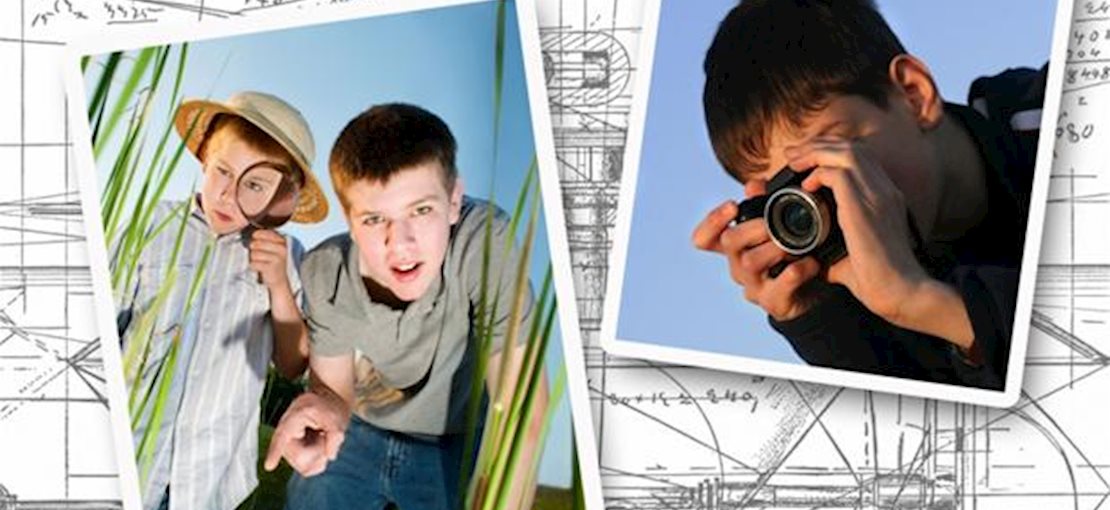
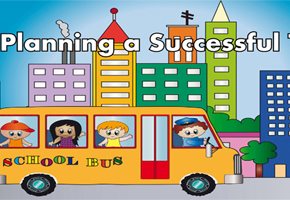
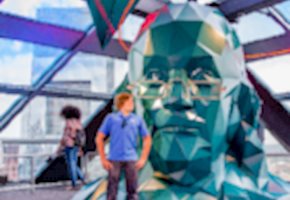
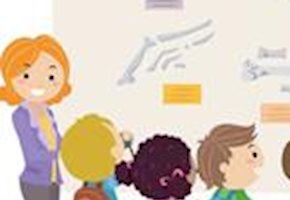
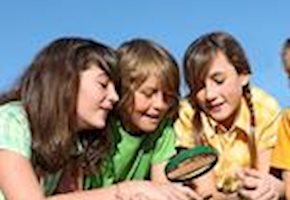
Add A Comment
Thank you for your comment.
Sorry! There was a problem with your comment submission. Please try again.
Comment
Allowed HTML: <b>, <i>, <u>, <a>
Comments
Thank you for your comment.
Sorry! There was a problem with your comment submission. Please try again.
Thank you for your comment.
Sorry! There was a problem with your comment submission. Please try again.